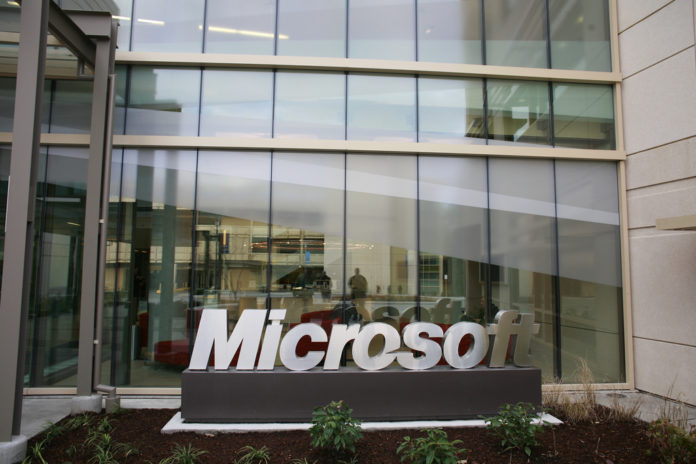Microsoft has doubled up its investment in quantum computers, the stuff of science fiction.
Long time Microsoft executive Tom Holmdahl has been appointed to lead its quantum computing division. Holmdahl has formerly worked on the development of the Xbox, Kinect and HoloLens. He is joined by Leo Kouwenhoven and Charles Marcus, leaders in the field of quantum computing.
Quantum computing as a concept has existed since the 1980s. Theoretically, these machines are expected to outperform conventional computers, as they will be able to solve problems much faster than them. A quantum computer, applying the quantum principle of superposition, would be able to work on several permutations at once. Quantum computers are expected to help in resolving problems for which, currently artificial intelligence solutions are being tested.
Microsoft had begun research in this field in 2005, and set up a laboratory known as Station Q. Over the years, several other companies have also made forays into building computers based on the principles of quantum mechanics, such as Google, IBM and D-Wave. In fact, D-Wave has already produced the world’s first quantum computers.
Microsoft’s approach to quantum computing is through topological qubit design. The company describes its foray into the field in its blog here.
Quantum computers in use today can only function at low temperatures. Use of the topological qubit can counter this issue, as it is more resistant to heat and electrical noise. It has been advocated by Michael Freedman, head of Station Q.
Besides hardware, Microsoft will also be developing the software required to run these machines.
Microsoft’s shift from research to engineering also includes a move from the Station Q laboratory.
For the realization and optimal use of quantum computers to solve problems such as climate change and hunger, Charles Marcus stresses on cooperation between engineers and scientists. “I knew that to get over the hump and get to the point where you started to be able to create machines that have never existed before, it was necessary to change the way we did business. We need scientists, engineers of all sorts, technicians, programmers, all working on the same team,” he is reported to have said by datacentreknowledge.com.

























